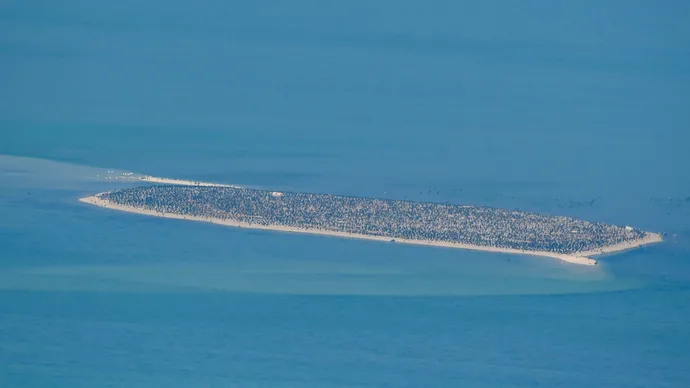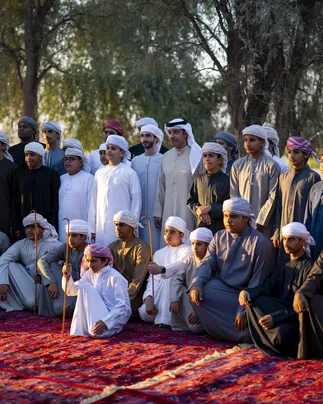Environment Agency – Abu Dhabi (EAD) has wrapped up its latest aerial survey, covering more than 8,000 square kilometres of marine habitat. These efforts reflect the agency’s dedication to safeguarding marine species and ecosystems, further reinforcing Abu Dhabi’s status as a regional leader in marine biodiversity conservation and environmental stewardship.
EAD is the only entity in the Middle East conducting long-term, systematic monitoring of marine species through regular surveys. Since 2004, it has been carrying out comprehensive aerial assessments – an initiative aligned with the emirate’s vision that strengthens its environmental database to support conservation strategies and ensure the sustainable management of marine resources.
Ahmed Al Hashmi, Executive Director of the Terrestrial and Marine Biodiversity Sector at EAD, said: “The findings of this survey reflect our ongoing efforts and commitment to leveraging advanced technology to reinforce Abu Dhabi’s leadership in environmental conservation. More than a 20 percent increase in the dugong population and a rise of over 30 percent in sea turtle numbers stand as clear evidence of the success of our science-based strategy. These achievements are a source of pride and motivation as we continue our mission to protect our natural heritage.”
The aerial survey was conducted by a dedicated team of six researchers, who covered a distance of 1,630km over a total of 26 hours to gather vital data. The survey focused on tracking the population, distribution, movement patterns and seasonal migrations of dugongs and sea turtles. It also included the monitoring of dolphins, whales, sharks, rays and birds.
Following international best practices, these surveys serve as an effective and systematic tool for observing marine species and detecting environmental changes. The insights gained support data-driven decision-making, help monitor human activities impacting marine life and enable the implementation of necessary measures to safeguard the environment and preserve biodiversity.
The results of the aerial survey underscore the thriving state of marine life in the emirate, with the dugong population estimated at over 3,500 individuals in 2024. Notably, mother-calf pairs accounted for 20 per cent of the total sightings. These findings reinforce Abu Dhabi’s position as the second-largest habitat for dugongs globally, after Australia, further highlighting the success of EAD’s conservation measures, which include a fishing net ban in the emirate’s waters to prevent accidental capture of this vulnerable species.
Similarly, the survey revealed a significant increase in the number of sea turtles, with an estimated population of 8,000 in 2024. This a 30 per cent increase from 2015 survey, that reflects the effectiveness of nesting site protection measures and the successful management of marine protected areas across the emirate. The survey recorded sightings of a Bryde’s whale near the Barakah area, Hammerhead sharks in the Al Dhafra Region, and various species of sharks, rays and dolphins – further showcasing the rich biodiversity of Abu Dhabi’s marine ecosystems.
These regular aerial surveys are a vital tool in supporting EAD’s mission to position Abu Dhabi as a global leader in environmental conservation. The data collected not only guides conservation strategy but also sets a new benchmark for regional marine protection initiatives.







-0-323-0-404-crop-aspect-NORTH.webp?k=a509fb3c95)

